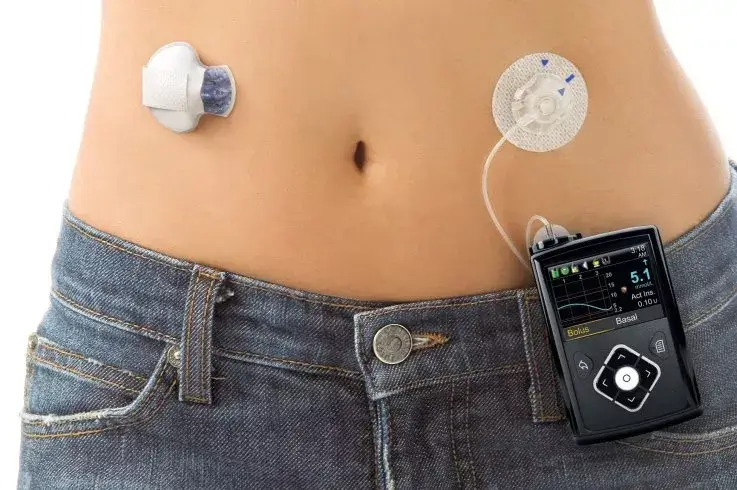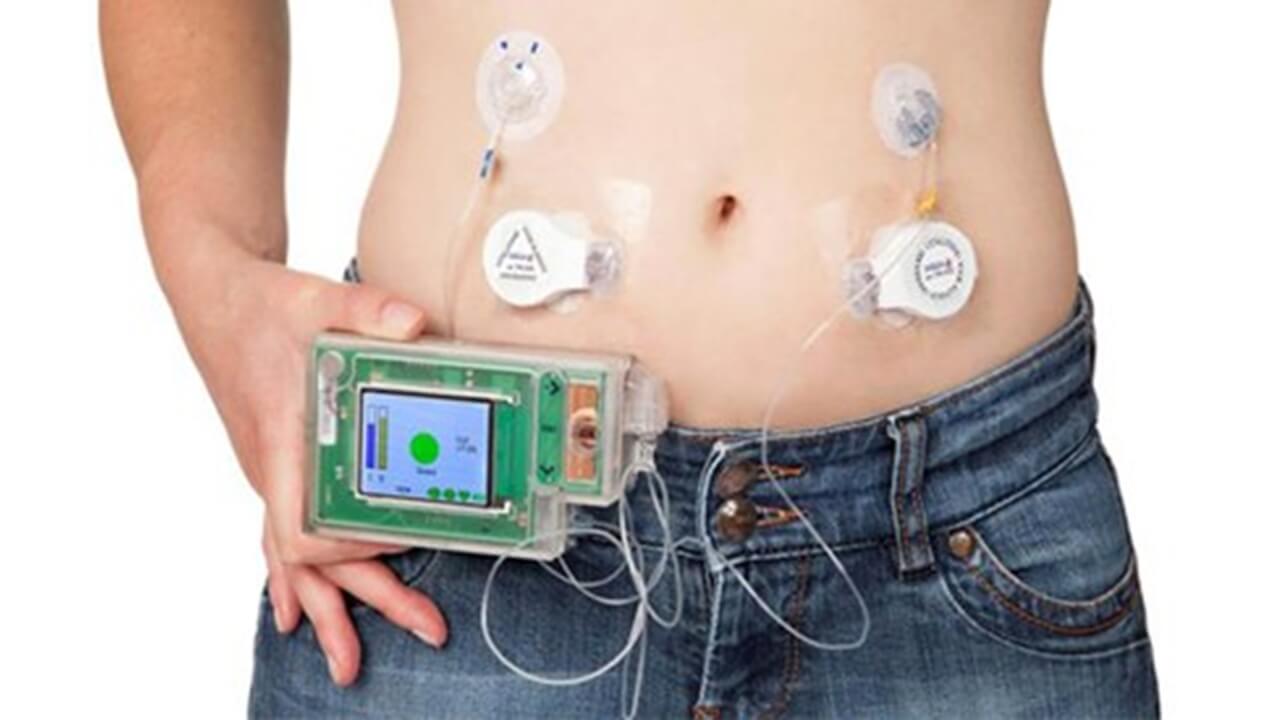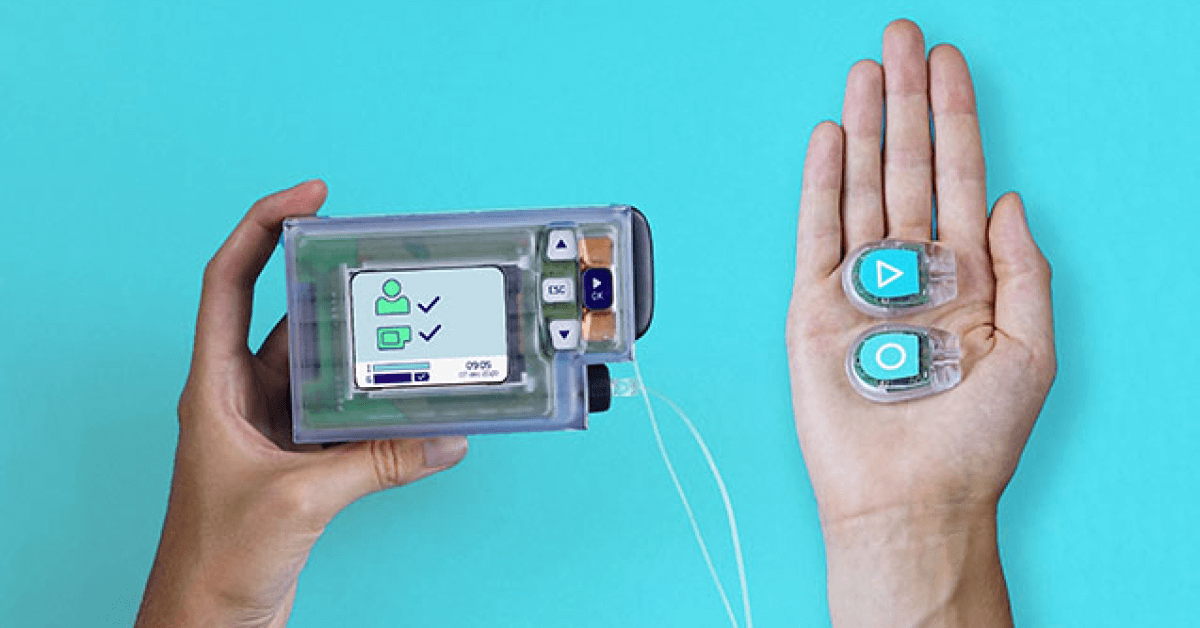
9 March 2024 | written by: Max
The future of diabetes care with artificial pancreas technique
The landscape of diabetes management is evolving rapidly, thanks to groundbreaking advancements in medical technology. Among these advancements, the artificial pancreas technique emerges as a beacon of hope for individuals living with diabetes. With the integration of cutting-edge diabetes sensors, this innovative approach promises to revolutionize the way diabetes is managed, offering greater convenience, accuracy, and peace of mind.
Understanding the artificial pancreas technique
The artificial pancreas technique, also known as closed-loop insulin delivery, combines continuous glucose monitoring (CGM) systems with insulin pumps. This integrated system mimics the function of a healthy pancreas by automatically adjusting insulin delivery based on real-time glucose levels. This closed-loop system eliminates the need for manual insulin adjustments, reducing the risk of hypoglycemia and hyperglycemia while providing tighter glucose control.
The role of diabetes sensors
At the heart of the artificial pancreas technique are diabetes sensors, which play a crucial role in monitoring glucose levels. These sensors are designed to continuously measure glucose levels in the interstitial fluid, providing a comprehensive view of an individual’s glycemic status throughout the day and night. By transmitting real-time data to the insulin pump, diabetes sensors enable timely and precise insulin adjustments, helping individuals maintain optimal blood sugar levels.

Key benefits of diabetes sensors in the artificial pancreas technique
- Enhanced accuracy
Diabetes sensors offer unparalleled accuracy in glucose monitoring, enabling precise insulin dosing based on real-time data. This accuracy minimizes the risk of under or overdosing insulin, leading to improved glycemic control and reduced incidence of diabetes-related complications. - Convenience
With diabetes sensors integrated into the artificial pancreas system, individuals can enjoy greater convenience in diabetes management. Continuous glucose monitoring eliminates the need for frequent fingerstick tests, providing a hassle-free way to track glucose levels and make informed treatment decisions. - Peace of mind
Living with diabetes can be stressful, with the constant worry of fluctuating blood sugar levels. Diabetes sensors provide peace of mind by offering continuous monitoring and alerts for high and low glucose levels. This proactive approach empowers individuals to take prompt action to prevent complications, leading to a better quality of life. - Customizable alerts and alarms
Modern diabetes sensors come equipped with customizable alerts and alarms, allowing individuals to set personalized thresholds for glucose levels. These alerts notify users of impending highs or lows, enabling timely intervention to maintain optimal glycemic control. - Improved adherence
The integration of diabetes sensors into the artificial pancreas system promotes better adherence to diabetes management protocols. By automating insulin delivery based on real-time glucose data, individuals are more likely to adhere to their treatment plan, resulting in better outcomes and overall health. - Continuous monitoring
Diabetes sensors provide round-the-clock monitoring of glucose levels, offering insights into patterns and trends over time. This continuous monitoring allows healthcare providers to make informed adjustments to treatment regimens, optimizing diabetes management strategies for each individual.

Future implications and advancements
As technology continues to advance, the future holds even greater promise for the artificial pancreas technique and diabetes sensors. Ongoing research aims to further enhance the accuracy, reliability, and usability of these devices, ultimately improving outcomes for individuals living with diabetes. From miniaturization and wearability to integration with advanced data analytics and artificial intelligence, the possibilities are endless.
In conclusion, the integration of diabetes sensors into the artificial pancreas technique represents a paradigm shift in diabetes management. By leveraging the power of continuous glucose monitoring, this innovative approach offers unparalleled accuracy, convenience, and peace of mind for individuals living with diabetes. As we continue to embrace technological advancements, the future looks brighter than ever for those navigating the complexities of diabetes care.


